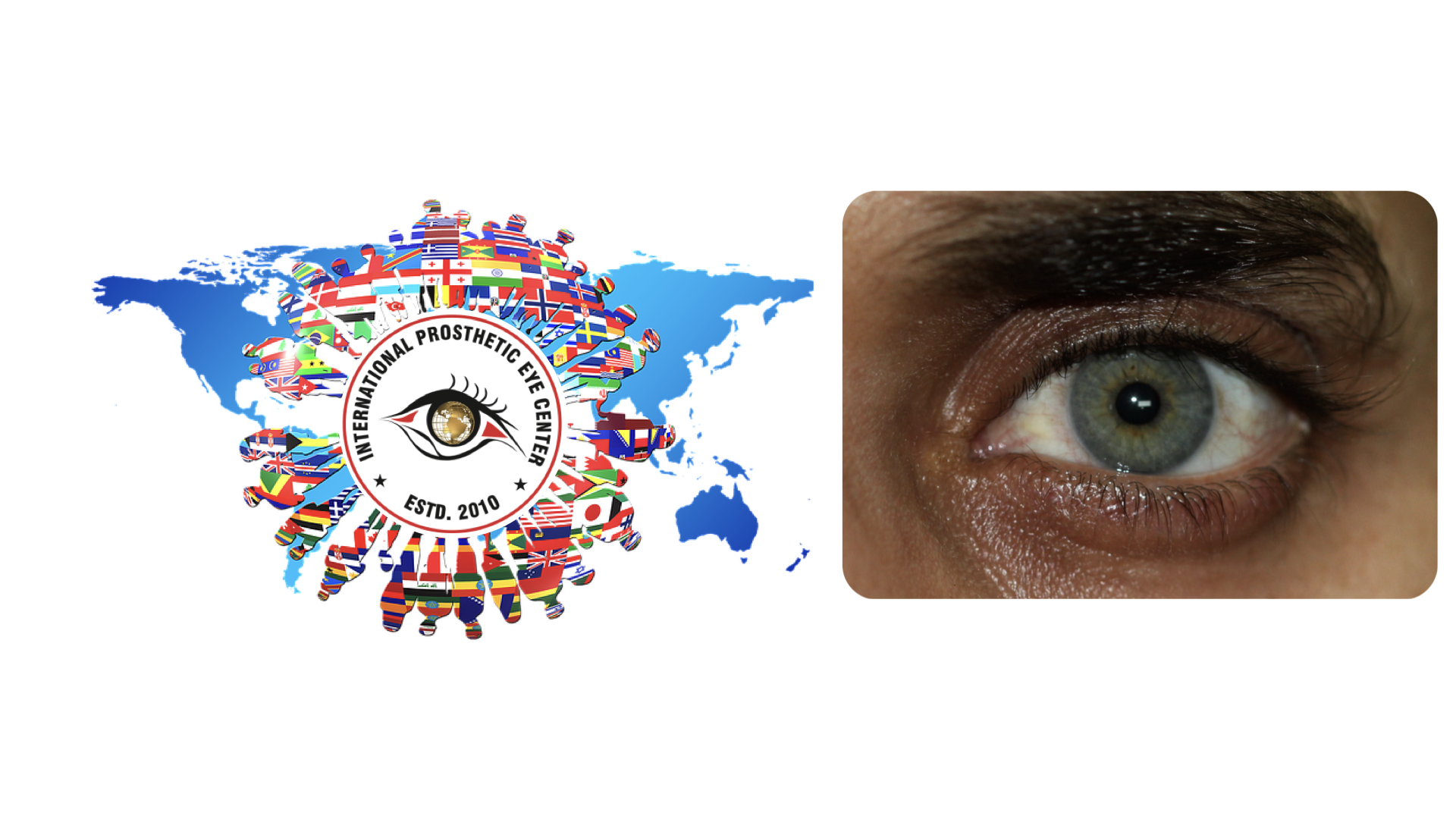
Employee 1
This is an employee description. Tell site visitors about this employee, detailing their expertise, education, or passion

Ocular penetrating and perforating injuries (commonly referred to as open globe injuries) can result in severe vision loss or loss of the eye. Penetrating injuries by definition penetrate into the eye but not through and through--there is no exit wound. Perforating injuries have both entrance and exit wounds. Typically, to constitute one of these injuries, a full-thickness rupture of the cornea and/or sclera must be present. Open globe rupture, in contrast, refers to blunt injury of the eye causing globe collapse. This typically occurs at the limbus and near the equator behind the recti muscles insertions, where the sclera is thinnest[1]. The injury is further classified based on three zones: I, II, and III. Zone I involves the cornea and limbus, Zone II involves the ~5mm anterior to the ora serrata that does not extend into the retina, and Zone III refers to any injury posterior to the ora serrata that involves the retina[1].
Penetrating or perforating ocular injuries can be due to injury from any sharp or high velocity object. Most individuals sustaining eye injuries are male with an estimated relative risk of 5.5 times greater than women[2]. Average age of the patient is typically in the 30s. The home and workplace are the most frequent locations for injuries, and the most common situations were domestic assaults, battery assaults, and workplace accidents. The most common blunt objects reported by May et al from the United States Eye injury Registry were rocks, fists, baseballs, lumber and fishing weights[2]. Paintball and BB guns are also common in the teenage demographic. In the elderly, globe rupture is actually more common typically from falls and structural weakening of the eye with age[3]. The most common sharp objects were sticks, knives, scissors, screwdrivers and nails. When one of these objects becomes lodged in the eye, it is referred to as an intraocular foreign body (IOFB), which occurs in up to 40% of ocular penetrating or perforating injuries.
As noted from the epidemiological studies above, male gender is a large risk factor for ocular trauma. Failure to wear adequate eye protection while performing high risk activities such as baseball, basketball and use of power tools in the home environment have also been noted to be risk factors for eye injuries.[2][4][5] Substance abuse, including alcohol and marijuana, is also known to increase the risk of eye trauma.[5]
Appropriate and adequate eye protection when performing visually threatening activities is the most effective method to prevent ocular trauma. The American Academy of Ophthalmology Eye injury Snapshot is a yearly survey designed to collect data and educate the public about the causes and prevention of eye injuries. Through educational programs such as this, potential eye injuries may be prevented.[4]
It is important to obtain a thorough history from the patient to help identify the timing of the injury and mechanism. Any injuries other than the eye should be ascertained. Questions such as what was the patient doing during the injury and what potential objects could have caused the injury are important prior to physical evaluation. It is important to note whether safety glasses or prescription eyeglasses were being worn at the time of the injury. Also, make sure to ask the patient if he/ she has a history of limited vision in either eye (amblyopia or other prior cause of visual loss).
A pertinent medical history including current medications, allergies, tetanus status, timing of last meal and any ocular history can help with diagnosis and management.
Patients with penetrating or perforating injuries usually complain of pain or double vision. In more subtle injuries, there may be minor symptoms such as foreign body sensation or blurred vision. Severe redness, light sensitivity, and foreign body sensation are also symptoms of open globe injuries.
Subconjunctival hemorrhage, shallow or flat anterior chamber, peaked pupil, hyphema, iris deformities, lens disruption, or posterior segment findings such as vitreous hemorrhage, retinal tears, retinal hemorrhage are concerning when seen in a patient with suspected trauma.
Ophthalmic examination after severe trauma can be difficult. Obtaining a visual acuity and pupillary examination may be the most important elements to ascertain, though tonometric measurement of intraocular pressure should be avoided given it places pressure on the globe.[6] Obvious trauma requires careful handling of the eye with care taken to prevent any pressure on the globe if an open globe is suspected; exam maneuvers commonly conducted that exert such pressure are contraindicated, such as forced ductions, gonisocopy, and scleral depression. Moreover, eyedrops should be avoided in cases of obvious penetrating or perforating injury. The adnexa should be carefully examined with delicate palpation of the orbital rim.
Once an extraocular muscles and external examination is complete, a thorough conjunctival and anterior segment examination must be completed if penetrating or perforating injury is suspected. A posterior exam should be done to look for intraocular damage as long as there is a view through the pupil and the iris is intact.
When direct visualization is not possible, gentle ultrasound and computed tomography should be used to evaluate the globe. Ultrasonography, if possible without causing further damage to the eye, is helpful when the media preclude a posterior exam, and has been shown to have a 100% positive predictive value for diagnosing retinal detachment and IOFB[7]. It is important to obtain thin 1 mm CT cuts in the axial, coronal, and sagittal planes to rule out IOFB, which can be present in up to 40% of penetrating ocular injuries[8]. If there is a suspicion for an IOFB, magnetic resonance imaging (MRI) is contraindicated. MRI is also contraindicated in any case where a metal object is thought to be involved.
Penetrating or perforating injuries should be evaluated and treated immediately. Depending on the material causing the injury and location of entry, severe vision loss can occur. The Ocular Trauma Score (OTS) was developed in 2002 from a cohort of 2500 eye injuries and visual recovery as a way to assess prognosis of visual recovery post injury[9]. A raw score from 0-100 is calculated based on initial post-injury VA, rupture of the globe, endophthalmitis, penetration of the globe, presence of retinal detachment, and presence of afferent pupillary defect to then determine a final score of 1-5. This can be used to determine chance of visual recovery. In one study of 93 patients with combat-related penetrating and perforating injuries, OTS model predicted visual survival (LP or better) with a sensitivity of 94.80% and predicted no vision (NLP) with a specificity of 100%[10]. Risk of endophthalmitis should be assessed (higher risk with rural settings, IOFB), and prophylaxis given with systemic, topical, and/or intravitreal broad spectrum antibiotics covering both Gram positive and negative organisms[11]. Typically, vancomycin and a third-generation cephalosporin such as ceftazidime are used. Prophylactic intravitreal antibiotics following surgical repair have been found to reduce the risk of endophthalmitis[12].
If surgical exploration is planned, a fox shield, anti-emetics, analgesics, intravenous antibiotics, and update of tetanus status should be completed. The patient should be made NPO immediately in preparation for emergent surgery. It is critical for anesthesia to be aware not to use high dose ketamine for sedation and not to use succinylcholine for paralysis, as these medications can increase intraocular pressure and cause expulsion of intraocular contents.
Globe exploration should be performed in suspected penetrating trauma with possible vitrectomy if vitreous hemorrhage with an intraocular foreign body or retinal detachment is present[6]. Otherwise, closure of the open globe is done primarily focusing on anterior segment structures, with all attempts made to restore the eye back to its pre-trauma state. Any subsequent procedures needed to restore the anterior segment (e.g. penetrating keratoplasty) are performed at a later date when the eye is stable. Any eyelid trauma should be repaired after repair of the globe injury, as pressure placed on the eyelids during repair can extrude globe contents. In addition, eyelid trauma can sometimes improve exposure of the globe injury. Postoperatively, the eye should be monitored carefully with exams and ultrasound until any vitreous hemorrhage resolves or indications for pars plana vitrectomy occur (traction, retinal detachment). For eyes in which the vitreous cavity has been violated on presentation, pars plana vitrectomy is frequently performed to avoid tractional retinal detachment when vitreous organization is seen.
One important consideration is the risk of retinal detachment, both in the immediate timeframe and following presentation. In one retrospective chart review, retinal detachment (RD) occurred in 29% of open globe injuries[13]. Of these eyes with RD, 27% detached within 24 hours of primary open globe repair, 47% detached within 1 week, and 72% detached within 1 month. Risk factors for RD post open globe repair included presence of vitreous hemorrhage, higher zone of injury, and worse presenting visual acuity[13]. The same cohort of patients were used to devise a low, moderate, and high risk scoring system for predicting this risk, the Retinal Detachment after Open Globe Injury (RD-OGI)[14].
Eyes must also be assessed for wound leak post operatively. In one review, 16% of eyes developed wound leak post-operatively. Factors associated with higher risk of wound leak post-repair were delayed presentation as well as a stellate shaped wound[15]. Wound leak was also found to be a risk for endophthalmitis, which as discussed prior, is another important complication post-operatively that can be minimized with the use of prophylactic antibiotics and repair within 24 hours of injury[16].
There are a number of risk factors on initial presentation that can be used to predict ultimate visual prognosis following an ocular penetrating or perforating injury. By far the most predictive prognostic factor is the initial visual acuity on presentation, as well as injury to zone III, history of corneal transplantation, presence of RAPD, time from injury, and presence of retinal detachment and/or vitreous hemorrhage, and crystalline lens dislocation[17][18]. The OTS is also a useful tool to get an idea of visual recovery potential.
It is important to be clear with patients regarding degree of visual recovery and future options depending on the type of injury. Corneal transplantation, traumatic cataract extraction with insertion of an intraocular lens implant, or further posterior segment procedures may be required following the initial operation repair. Sympathetic ophthalmia, a bilateral diffuse granulomatous uveitis that often follows ocular trauma due to violation of the eye's immune privilege, is an important consequence to consider. In eyes with pain where visual recovery is unlikely, enucleation or evisceration should be considered to prevent injury to the non-injured eye[19].


This is an employee description. Tell site visitors about this employee, detailing their expertise, education, or passion

This is an employee description. Tell site visitors about this employee, detailing their expertise, education, or passion

This is an employee description. Tell site visitors about this employee, detailing their expertise, education, or passion